
What’s Behind The Shrinking Field Sales Teams At Beauty Brands And Retailers?
The beauty industry is abuzz over postings on the anonymous Instagram account Estée Laundry chronicling field sales team reductions and eliminations at beauty brands and stores. Deposed employees spilling tea are from Sephora, Ouai and Estée Lauder, but industry experts report cuts extend beyond those companies.
Field sales teams instruct beauty advisors, consultants and associates on how to best communicate about brands and products, and build rapport with customers. Their training helps make staff on the frontlines in stores authorities on what they’re selling. Instruction can be especially impactful for complicated product ranges and launches.
While the explanation for the employee reduction at Ouai is believed to be more complicated, industry experts contend most field sales team cuts are linked to depressed store foot traffic. Some argue retailers also don’t want training to distract from time spent with shoppers. The decline in training could particularly affect new brands and products that gain an outsized benefit from educated selling. Beauty business insiders bemoaning the cuts insist handouts or videos can’t replace the sensory experience of smelling, touching and applying products during hands-on training.
Beauty Independent spoke to 13 beauty executives to uncover why field training is being slashed and what the repercussions could be for the industry.
Ian Ginsberg, president of C.O. Bigelow Apothecaries and Bigelow Training Ltd.
Among the reasons for cutting field training staff is because many retailers are going to a self-serve model augmented with technology. They don’t have as many salespeople nor do the brands have their own people on the floor. There is a lot less to manage from the field and a field team is costly. That makes it more difficult for the bigger brands that had dedicated people. It just isn’t cost effective. From our perspective as an indie, it is harder for brands to work with us because they don’t even have the field teams to service us anymore. We are finding more brands are turning to distributors and outside sales groups.
We are also a distributor with Bigelow Trading. We mainly focus on multigenerational European brands. However, we are getting more demand from domestic brands who reach out to us because they don’t have access nor the support strategy to work with the retailers. At C.O. Bigelow, we have built our business on our incredible staff and service and, while it’s increasingly difficult to manage the expense, I still believe that, despite what’s happening at retail, service will win in the end.
Ashwin Sokke, founder of WOW Skin Science
I saw their reasoning as the lack of ability to see a ROI of their field educators. They wanted to use that money for digital and social. Consumers’ habits are constantly evolving. Tons of sales are actually done online. As a brand, the only way to continue to serve your consumers to the best of your ability is to look at the numbers and see where budgets are best spent.
Not only is field training difficult, but it’s extremely costly, and retail employees are constantly changing. A simple solution would be for retail stores to perhaps step up and provide field trainers of their own to educate their employees after visiting brands rather than brands providing field training. Another option would be informational training videos sent from brands for retail stores to educate their employee, along with samples. I like this analogy: when you become a waitress or waiter, it is your job as an employer to make sure your staff knows the menu, not those selling you the food.

Peggy Moore, sales strategist, executive advisor and former vice president, national cosmetic merchandise manager at Nordstrom
Many independent brands are needing to cut back on providing pure field service trainings because of the rising costs associated with the program in combination of higher retail staff turnover rates on lesser margins, which in-turn is producing an ever-declining ROI. For these reasons, independents are needing to find other ways of getting their educational trainings out in a more cost prohibitive manner. The current trend is to incorporate educational messaging directly to the consumer through already established venues within sales, digital marketing and social programs.
Dina Cianchetti, president and founder of Missing Ingredient Inc.
Training, education and sales support is imperative for the brand, retailer and the ultimate beauty consumer. With the evolving retail beauty consumer, the in-store experience is more important than ever. Yes, many things are changing with the use of technology. Yes, the beauty consumer is more educated on all thing’s beauty. However, when they shop in stores, they must be enlightened with expert information. Although brick-and-mortar foot traffic is trending down, there are many beauty brands attempting to capture in store real estate, and they will require in-store training, education and sales support to turn their inventory and remain in stores.
Because of the overall cost of doing business at retail, most indie brands do not allocate enough financial resources to offer in-store training, education and sales support. This is a formula for disaster and a short retail life. Yes, long-established larger beauty companies are shifting their focus for a variety of reasons. We have found, over the past few years, that some beauty companies want to focus on distribution, marketing and product development, then shift their resources to experts for training, education and sales support.
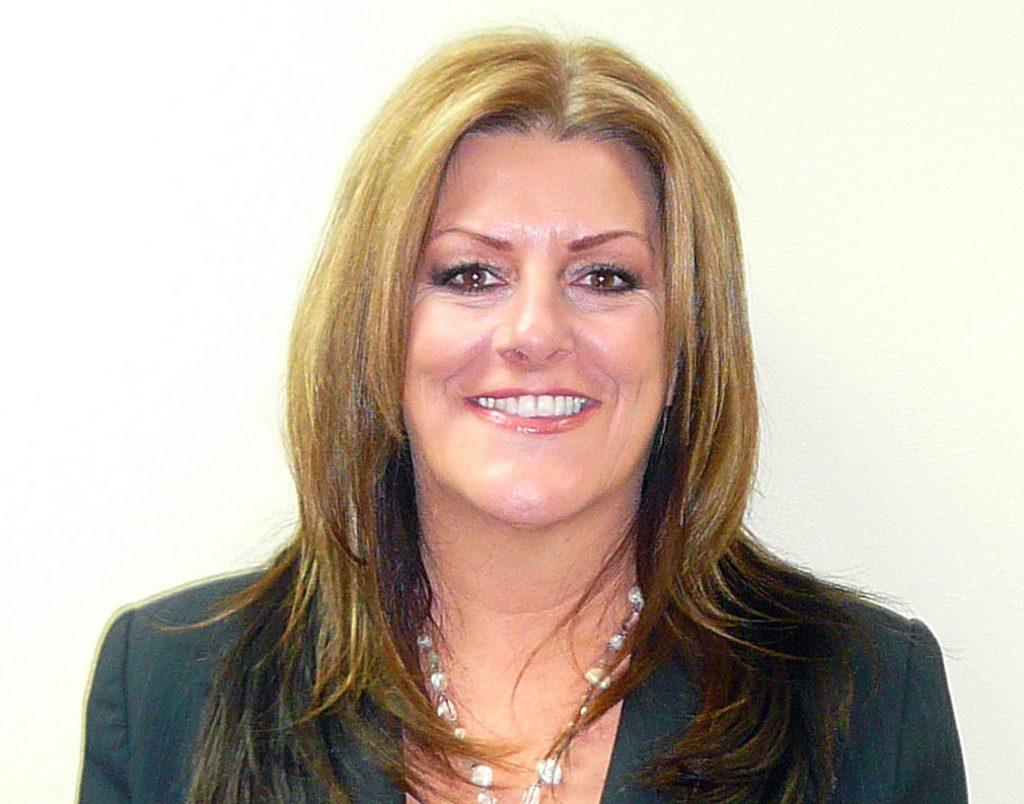
Rose Fernandez, CEO of Algenist
This is a very important topic to me especially having worked in the field directly and, then, overseeing field teams throughout my career. Interestingly, I sent a note to my leadership team on Friday with some of my thoughts on the topics. I have worked with Sephora since the beginning, literally since ’99. What I know for sure is that, as with any well-oiled organization, Sephora is always optimizing their teams and evolving the education aspect of their model. One of the key points of difference for Sephora is education. As I understand it, the changes at Sephora were from a reorganization perspective as a new program was launched and responsibilities realigned. Some of the team was assigned to the new model while others were moved in-store. I am certain that, as with any reorganization, there was some impact to staff. I am confident that Sephora will continue to work with their brand partners and store teams to delight and surprise the client.
Brands are likely going to try to reduce overheads and divert some of those funds to other areas, and this is easy to do in a gig economy. The concern with this is that a brand’s best customer, ambassador and awareness builder are those dedicated teams. A brand team that is engaged, paid fairly, provided good benefits and is genuinely having fun on the job will create more value in the relationships, the service they provide and the authentic passion they have for the brand that they represent.
Freelance is an important component to the industry and allows for flexing staff up when needed or providing important coverage. In my view, dissolving a team for this reason is short-sided. Short-term gains will be provided, but what I know for sure and the proof is in our education service scores, a dedicated team that is well-managed, and focused on relationships in-store, clients and productivity will get you scores that exceed expectations. From a marketing perspective, a dedicated field team is part of the marketing mix. It’s part of the 360-degree approach. While it’s important to focus on digital, brands who still create that one-to-one online/offline balance will succeed in the long run despite trends and consumer behavior. You can’t sacrifice one for the other.
Sonia Summers, founder and CEO of Beauty Barrage
It’s expensive to be in retail, but it’s a huge part of omnichannel success. Not only do you have the margins to contend with, but you also have coop fees, samples, promotions, GWPs, and you’re expected to support the doors with a field team. It’s a major cost. Now, bake all that in with car allowances and T&E, how can any business make money?
The trends you’re seeing where brands are letting go of their field teams is about trying to keep operational costs down and, as a business person, I can absolutely understand, and that’s where Beauty Barrage comes in. We have a major team of professionals, boots on the ground that are prepped by our education team and managed by our sales directors. Our team is given the resources to learn and grow in their positions so that they have the tools to build relationships and sell. It’s simple, what we’ve seen on the front line is that brands that invest in creating an experience, delivering education and doing it right are the ones winning at retail.
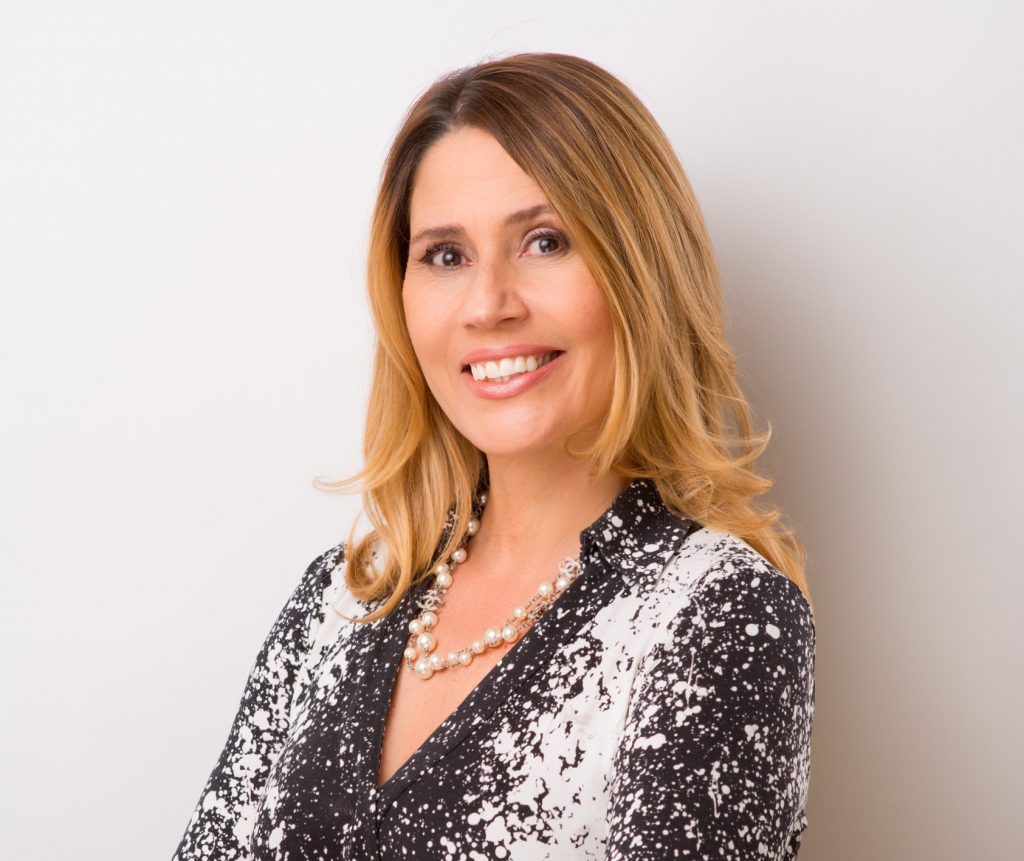
Amy Carr, co-founder of PYT Beauty
In retail, it has always been critical to have field education and training for store associates. Beauty is especially important. Sephora in particular has always prided themselves on having a robust education department, and I saw it firsthand while I was there. However, with that said, it is hard to maintain and support education teams regionally especially for any companies seeing downward sales trends. We no longer need humans doing person to person training. As technology takes over and digital training becomes more widespread and more sophisticated, we will likely continue to see this being the educational trend. It is amazing what we can do in beauty with videos today. I have seen technology that even uses your own face to do the digital tutorial. At PYT Beauty, we create videos for retailers and their field team. They upload them to their portals, and we can virtually train everyone. It will never replace a human or the relationship aspect of it, but for big and small companies, it is a more economical way to scale.
Ricardo Quintero, founder of Digital Brands LLC and former senior vice president, global general manager at Clinique
Companies are constantly reallocating resources and brands may be trying to shift money out of stores into digital. This can be dangerous. If education and training budgets are cut too much, the beauty advisors facing customers may not be equipped to interact with savvy, smartphone-powered customers. What some executives may not see is that education is more important than ever because the level of knowledge beauty advisors in stores have to provide has to be better than what people can Google on their phones. If the customer knows more than the beauty consultant, the shopper wonders why they came all the way to the mall. Companies shift money to digital, but they are accelerating the decline of an important element of what built these brands and may actually be accelerating their decline.
Beauty advisors serving customers in stores need to be equipped with higher levels of knowledge. I am a believer that a person looking and interacting with you has the potential of a higher transfer of knowledge, not just the buy-sell transaction. If you are a multichannel brand, this interaction in stores is very important and may be crucial for survival. And, for beauty advisors, you can’t go into the battle without the tools. Cutting education budgets, which weakens beauty advisor’s skills, contributes to the negative spiral in sales and a self-fulfilling prophecy of the decline in department stores.
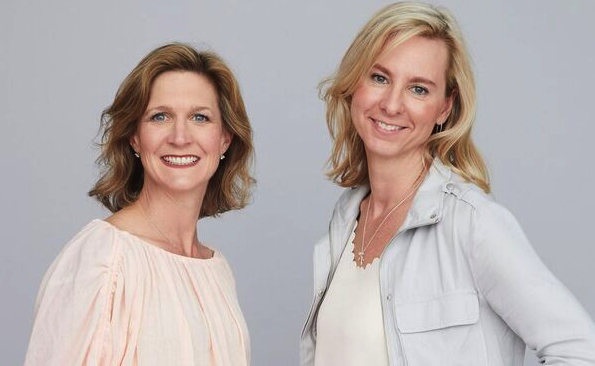
Melanie Simon, founder of ZIIP Beauty
While some beauty brands might be pulling back on sales training to direct funds elsewhere, we believe it is essential and, in fact, crucial that the people selling ZIIP are trained firsthand and continuously supported. We treat each salesperson as a very special customer, and we care so much about the customer experience. I personally love doing in-store trainings and having time with individual sales representatives. We want anyone selling ZIIP to be onboarded, educated and fully understand the product. We don’t only think about the initial training, but we continue to support those who are selling our products. We can’t just send a sheet or book and hope they interpret the information the way we intend. In-store experiences are more important than ever, and we know the product requires in depth explanation and trial. Without that, those selling ZIIP won’t be able to reiterate and show the many benefits the device offers.
Tom Winarick, president and CEO of BioBoutique Beauty Lab
Field training has been affected by video online and the shift to social media. Products, especially high-technology ones, need to be sold by somebody. If we [as an industry] rely only on social media, brands won’t move. The personal touch has always been a pillar of the department store industry. You can’t rely on graphics in the store. There are products that need to be explained. If you have the right person it the store, products are going to sell. The more advanced products become, and that is the trend, there is the need to be explained.
Everyone is trying to impress the millennial and gen z consumers, and I’m sure the thought process is, “Oh, they don’t go into the store. They don’t want to be told anything. They just want to look online.” That’s still not true. I have yet to jump on the train that social media and the internet are everything. You hear the stories of Mrs. Lauder training people and the personal touch. That’s what built that business. I don’t care what age you are, people want to be told they are beautiful and a product is perfect for them, whether it is a friend on Instagram or a person in a store. People are still people.

Lisa Marie Ringus, executive vice president of global sales and business development at 24 Seven
As the beauty customer’s shopping behavior continues to shift, it’s not surprising that we’re experiencing changes in the role of field education, including downgrading talent to lower-level positions, layoffs and a decrease in investment in this role. There is a greater emphasis during key product launches and critical points in the year when brands outsource this function, and I believe we will see that trend continue. It’s also evident that demand for in-store digital technologies, which enhance customer experience, may outpace investment in traditional education roles.
Sylvie Giret, founder of Skinergies
Field training is gradually disappearing, and it has actually been undergoing a double mutation. It has been gradually migrating online, and what remains on the field is considered a cost that brands and stores try to factor and make as profitable as possible, so it’s actually an educated sale. This reflects the dichotomy of the market: Mainstream skincare brands are not supported anymore in stores because the training and awareness are done online prior to the purchase, and sales are also more and more online. Training and education are now done by vloggers or bloggers on YouTube or Instagram or by magazines.
When brands had to do proper training in the past to make sure floor employees knew the products and the technology behind them, they now have to convince as many influencers as possible to put their products on the map and provide them with convincing online tools while building up a powerful roster of independent reviews. The power is now in the hands of the consumer. The training manager at brands becomes a digital marketing expert. It is no more about the human skills. It’s about making the right video.
Added value service and expertise are essential components of training. If the customer feels that she’s getting unbiased, professional and personalized [service] rather than just a random sale, she’ll take the time and advice. This is a win-win for the consumer, the brand and the retailer. But this is also a real challenge for brands and for traditional retailers who have to reinvent their game and what they really have to offer the consumer in this new era.
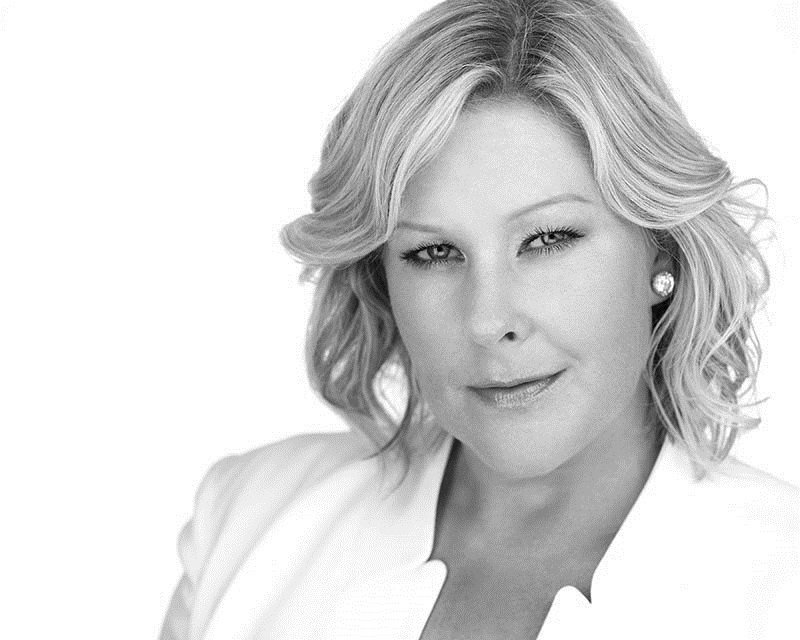
Liz Scott, president of EC Scott Group
The beauty industry has undergone so much exciting change in the past few years. With all this change, brands are navigating the question of where to invest their most valuable assets, time and money. Paid Social? Influencers? New product innovation? Geographic expansion? The training and education aspect is one of the costliest and, perhaps ironically, the most difficult to measure ROI. We feel strongly that qualitative training and education is one of the most important factors to create an impactful experience with end consumers, which, in turn, builds brand equity and drives sales.
Beauty is one of the only categories that you may literally have a store associate touching your face before making a decision to purchase. Do brands risk watering down their brand DNA and story if they are not treating the in-store staff similarly to the way they would want them to treat an end user? Making that final touch point an overly positive one is crucial when customers have more choice and are less loyal than ever before.
Yes, we can educate and learn via webinars, and we can overload consumers with Insta Stories, YouTube videos and targeted digital marketing, but in the always-on digital world we live in, I think we all crave human interaction more than ever before, that goes for the end consumer as well as the store associates that are crucial to amplifying your brand story in local retailers.
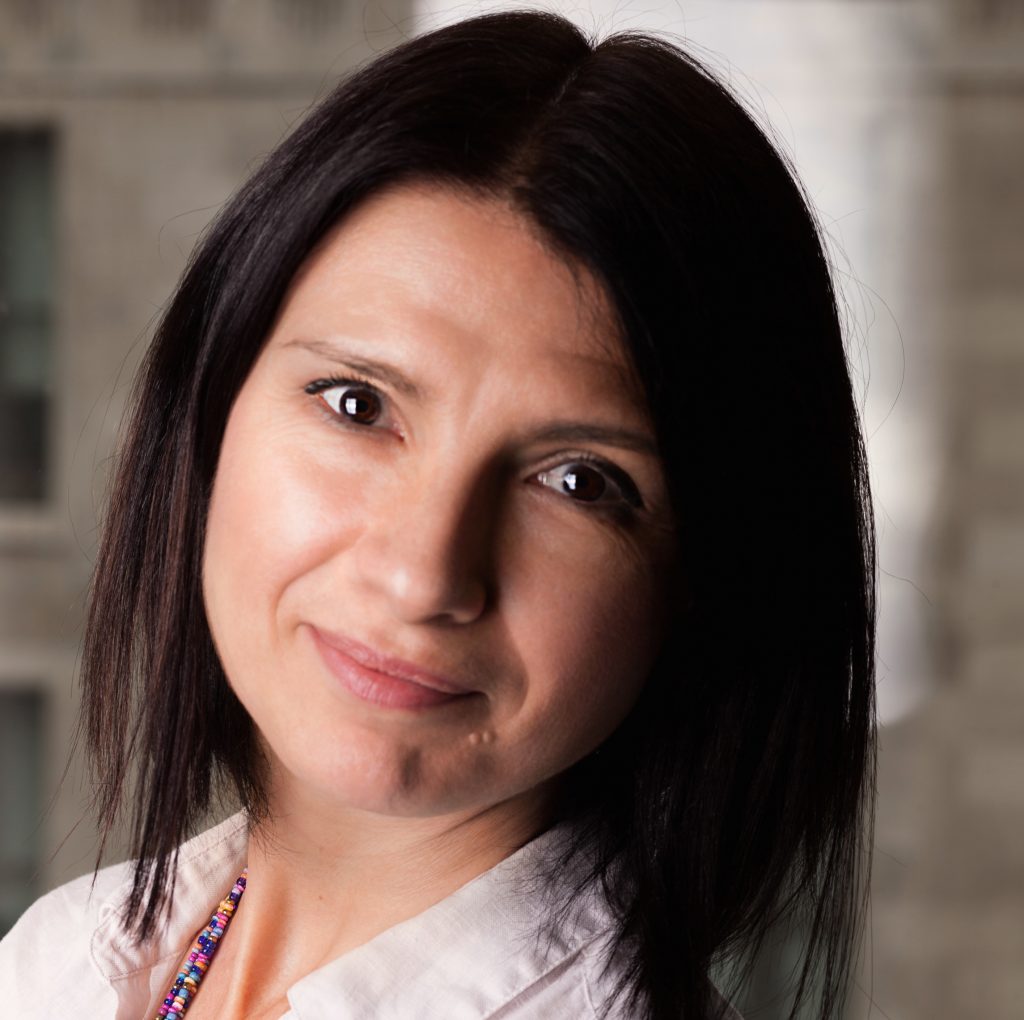
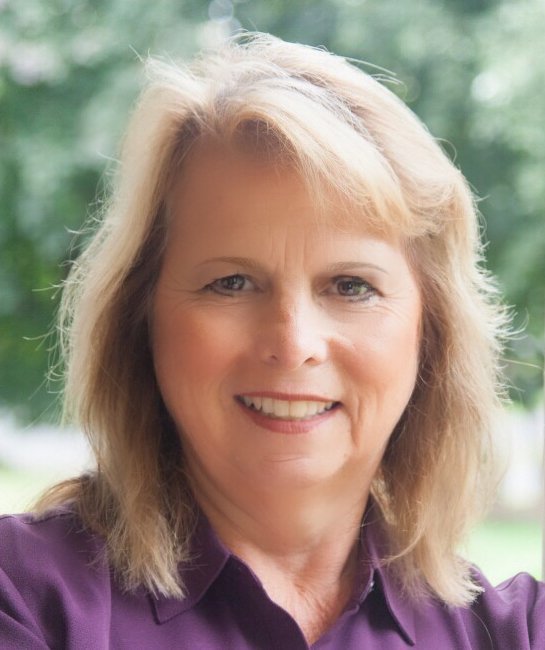

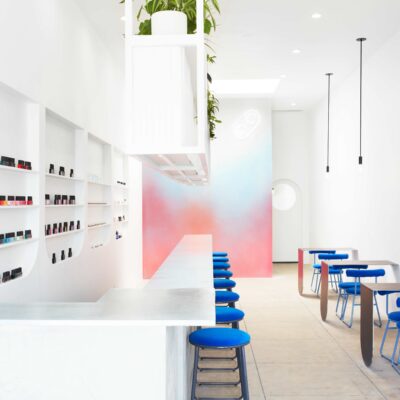
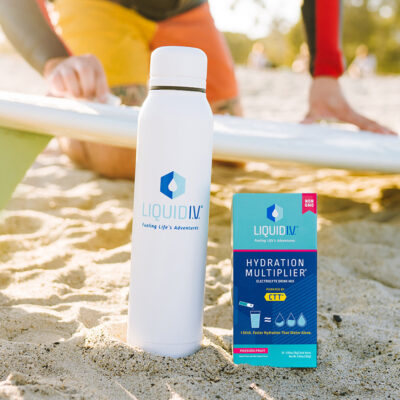

Leave a Reply
You must be logged in to post a comment.